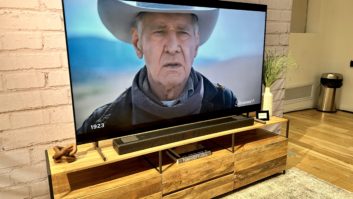London – Cellphone maker Sony Ericsson
largely blamed this year’s Japan earthquake for slipping back into the red
during its
following five consecutive quarters of net profits.
The company estimated that the
earthquake prevented it from selling 1.5 million more handsets than it did in
the quarter, when shipments fell 31 percent year over year to 7.6 million following
a first-quarter decline of 23 percent. The company also attributed its
continuing decline in handset unit shipments to its transition away from lower-priced
feature phones to Android smartphones, which accounted for 70 prevent of
company unit shipments in the quarter.
“We estimate that the impact of
earthquake-related supply-chain constraints on our portfolio was close to 1.5
million units, with most of the effect in the early part of the quarter,” said
president/CEO Bert Nordberg.
For the quarter, sales volume
fell 32 percent year over year to 1.19 billion euros ($1.68 billion at an
exchange rate of $1.41 per euro). The company posted a net loss of 50 million
euros ($70.5 million) compared with a year-ago net profit of 12 million euros
($16.9 million), and an operating loss of 37 million euros ($52.2 million).
This contrasts with year-ago operating income of 36 million euros ($50.8
million).
Gross margins slipped
sequentially to 31 percent from 33 percent but were nonetheless up from the
year-ago 28 percent.
In North America, net sales in the
quarter fell 13 percent year over year to 193 million euros ($272.4 million) compared
with a 25 percent first-quarter decline. For the first half, North American
sales were off 19 percent to 345 million euros ($486.9 million). North American
net sales were nonetheless up sequentially in the second quarter by 28 percent.
Globally, the company’s average
selling price for the quarter was 156 euros ($220.2), a 3 percent decrease year
on year but up 11 percent sequentially.













